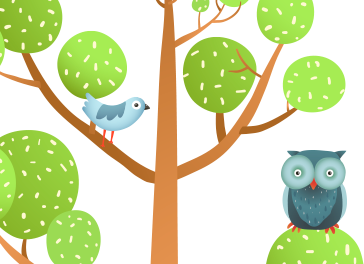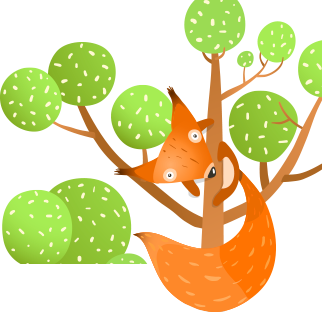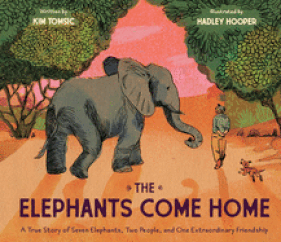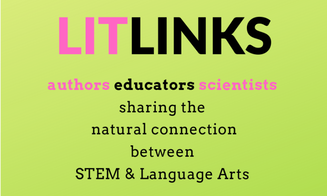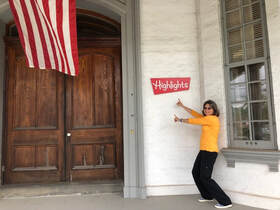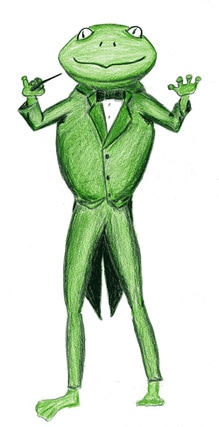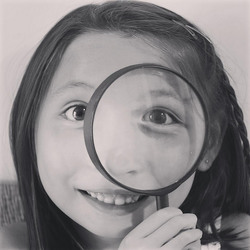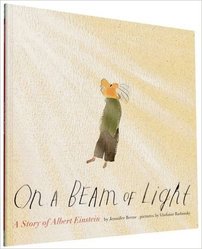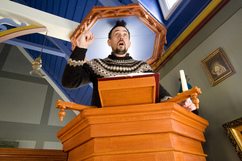This series is intended to help my new-to-writing friends, but also should be of interest if you wonder how books are made. In the first installment of Peek Behind the Curtain, I shared the lightbulb moment of a new manuscript [cue copious thank yous to Lin-Manual Miranda, Leslie Odom, and Hamilton]. The idea was a… Read more »


